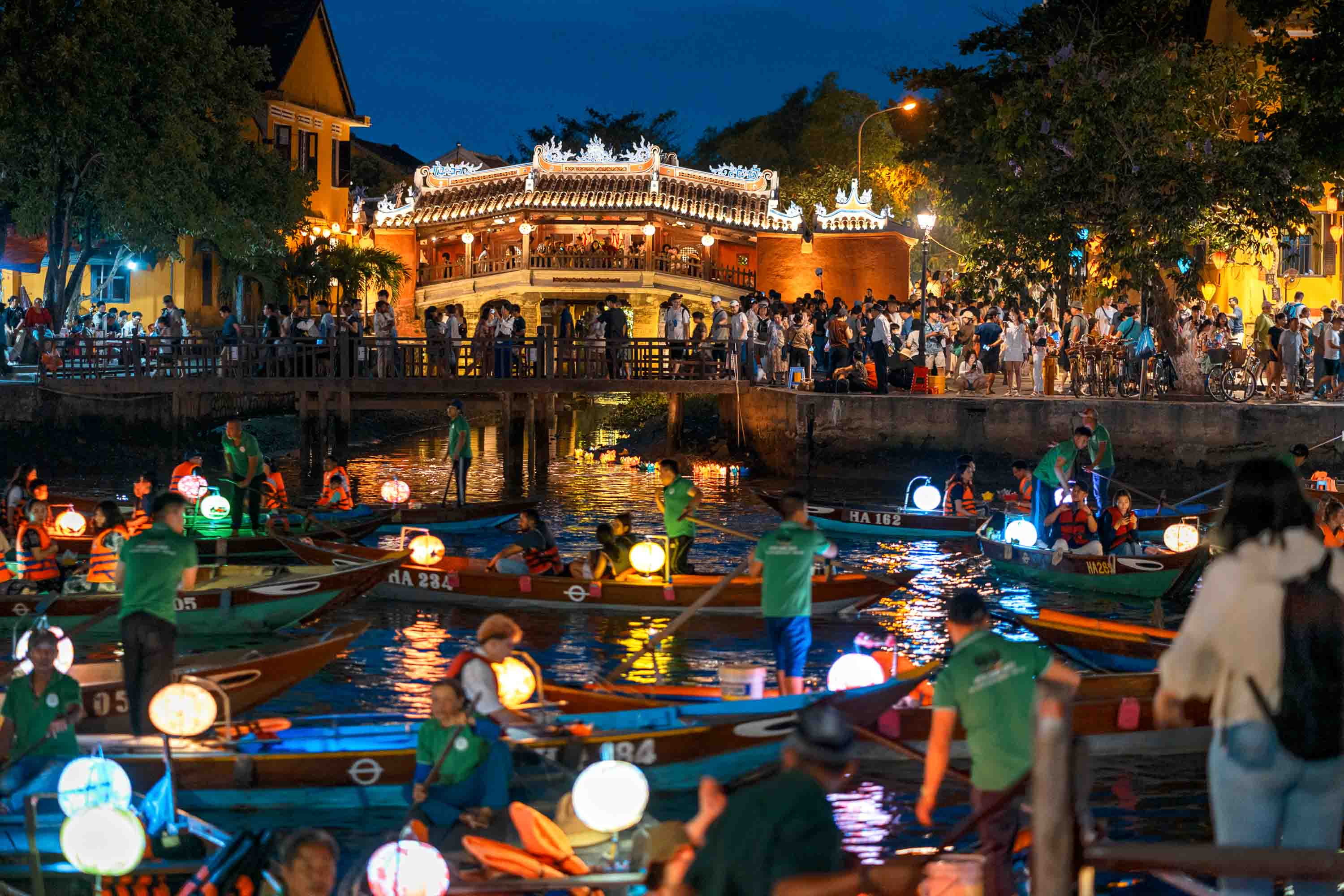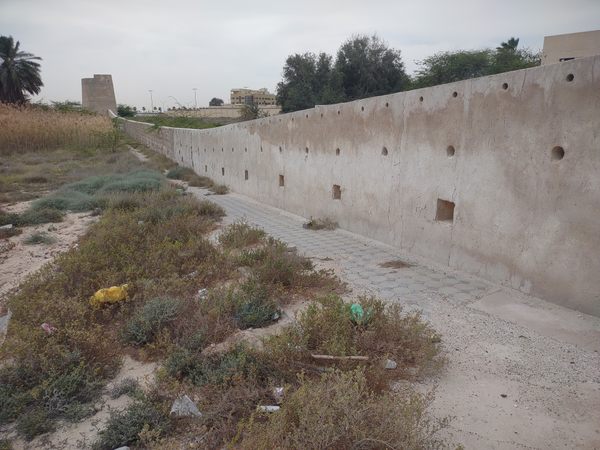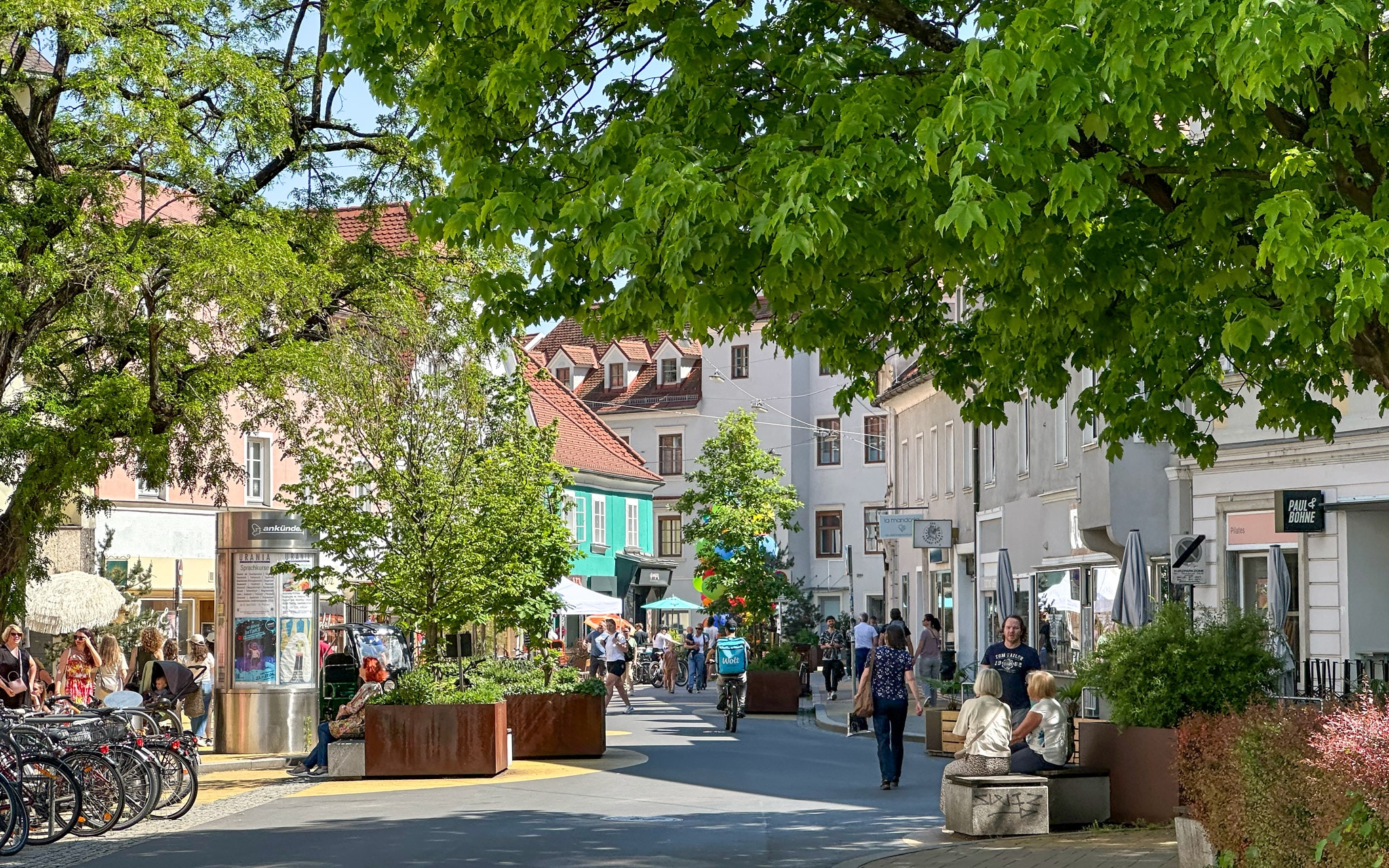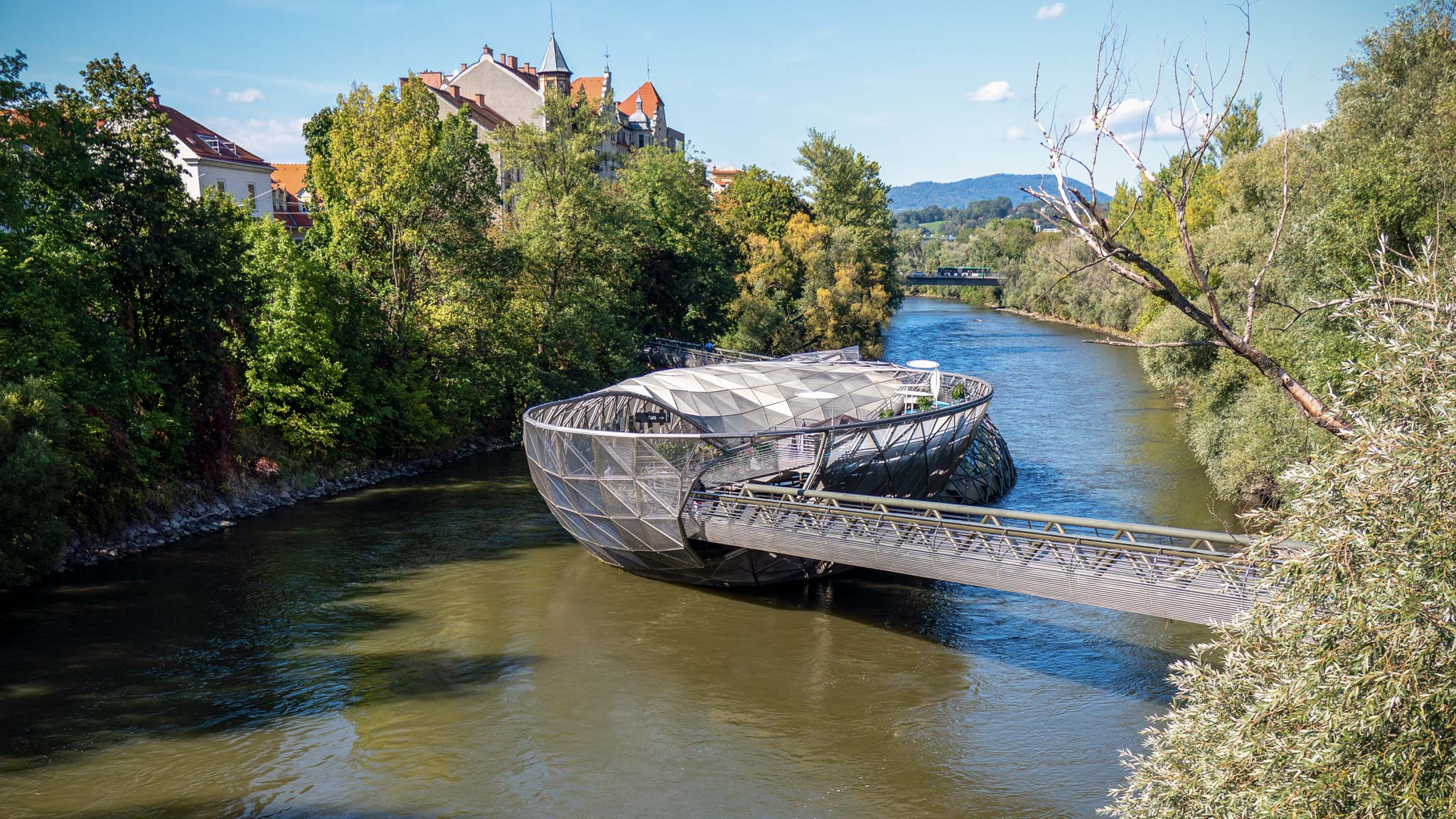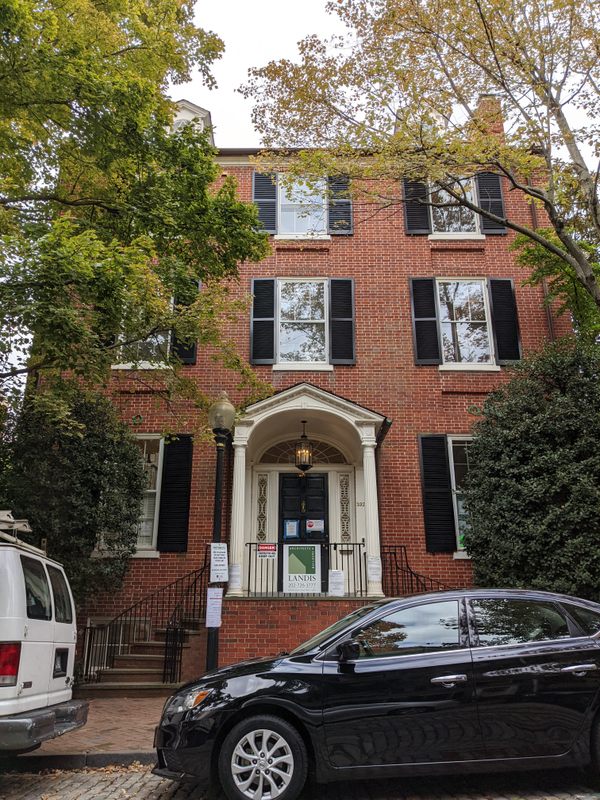Mirakelkolom in Amsterdam, Netherlands
In 1345, a man named Ysbrand Dommer was severely ill in his home in Amsterdam. Dommer called for a priest to administer his last rites, including the sacraments of the Eucharist. After receiving the host (consecrated bread), the dying man vomited it up. So, as was the custom at the time, the host was tossed into a fire in the home’s fireplace. The next day, one of the maids found the undamaged host in the ashes. The host was brought back to the parish priest, but it is said to have miraculously returned back to the house multiple times. This event came to be known as the “Miracle of Amsterdam,” and a church named the Nieuwezijds Kapel was built on the site to store the miraculous host. The city became a well-known pilgrimage site, and a holy procession to celebrate the miracle was held annually in the city. In 1452, the chapel burned down, but, again, miraculously, the case containing the host was undamaged. A new chapel was built on the site, and the new structure was one of the largest buildings in medieval Amsterdam. During the Reformation, the chapel was converted to a Protestant church. It continued to function as such until, in 1890, the building was closed because it had become dilapidated. The structure was demolished in 1908. The city council was able to save some parts of the exterior, including parts of the columns, which were stored off-site. In 1988, sculptor Hans’t Mannetje worked to reconstruct one of the church’s columns from the remaining stone fragments. This column was placed on Rokin, close to the original site of the chapel, where it has become a beloved monument for people who know the history of the city.


In 1345, a man named Ysbrand Dommer was severely ill in his home in Amsterdam. Dommer called for a priest to administer his last rites, including the sacraments of the Eucharist. After receiving the host (consecrated bread), the dying man vomited it up. So, as was the custom at the time, the host was tossed into a fire in the home’s fireplace. The next day, one of the maids found the undamaged host in the ashes. The host was brought back to the parish priest, but it is said to have miraculously returned back to the house multiple times.
This event came to be known as the “Miracle of Amsterdam,” and a church named the Nieuwezijds Kapel was built on the site to store the miraculous host. The city became a well-known pilgrimage site, and a holy procession to celebrate the miracle was held annually in the city. In 1452, the chapel burned down, but, again, miraculously, the case containing the host was undamaged. A new chapel was built on the site, and the new structure was one of the largest buildings in medieval Amsterdam.
During the Reformation, the chapel was converted to a Protestant church. It continued to function as such until, in 1890, the building was closed because it had become dilapidated. The structure was demolished in 1908. The city council was able to save some parts of the exterior, including parts of the columns, which were stored off-site.
In 1988, sculptor Hans’t Mannetje worked to reconstruct one of the church’s columns from the remaining stone fragments. This column was placed on Rokin, close to the original site of the chapel, where it has become a beloved monument for people who know the history of the city.






























































































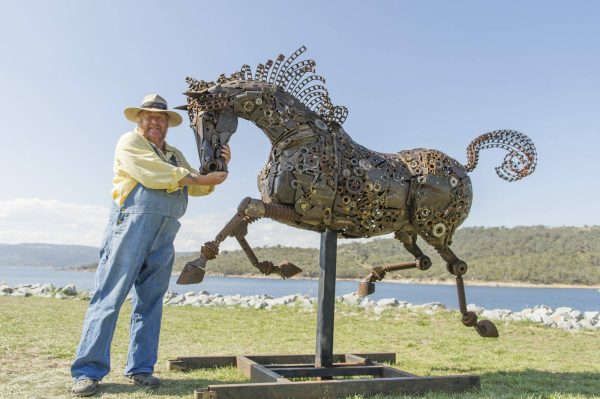












































































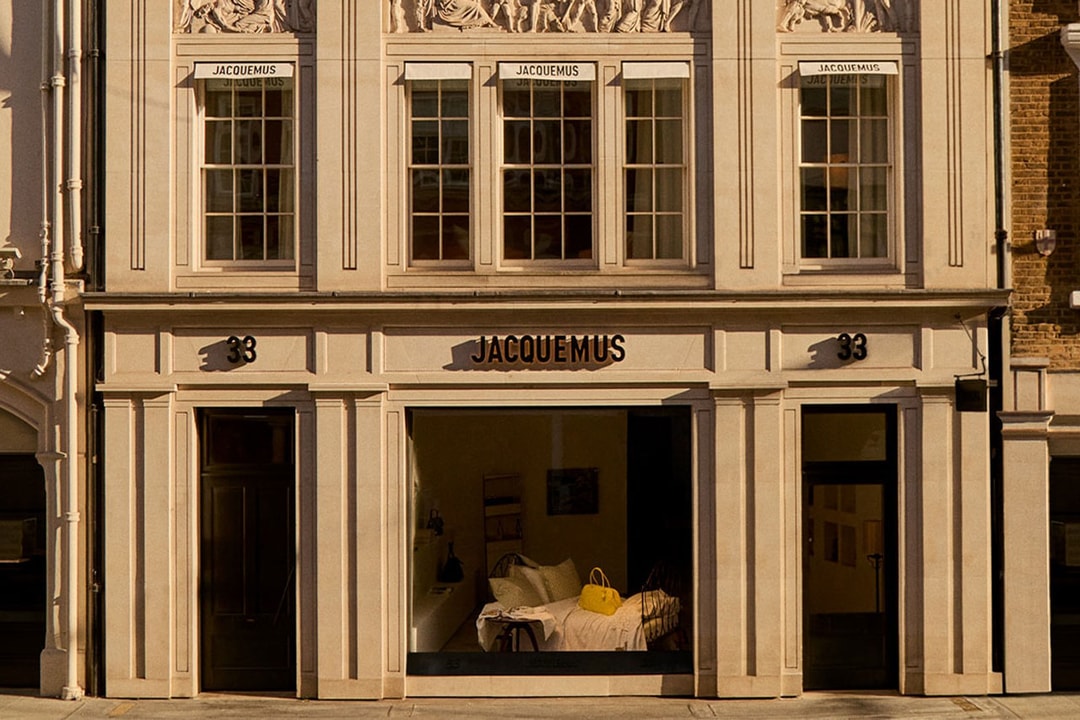
.jpg)


































.jpg)












